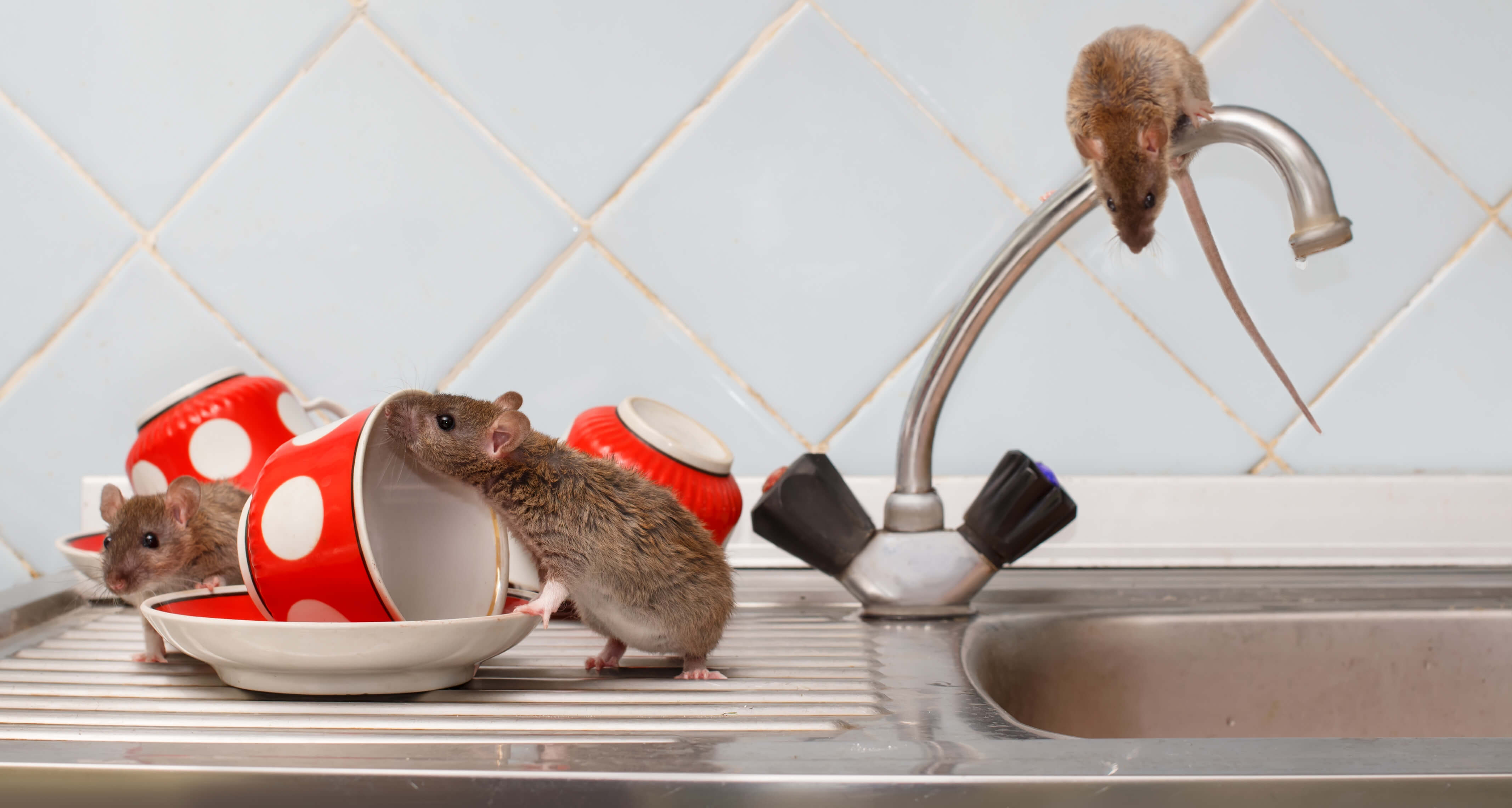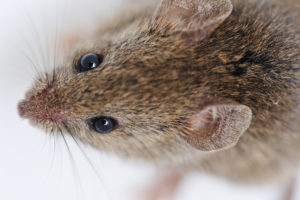Top 5 Signs Rodents Might Be Inside Your Home

If we have a good knowledge of tipping points in world history, we understand the huge impact that disease-bearing rodents have had on humankind. It’s no wonder rodents are considered one of the more dangerous pests a homeowner can encounter.
These unwelcome house guests can carry life-threatening diseases, damage property, contaminate food, and are often the hosts of a variety of unwanted parasites like fleas, ticks, and lice.
No homeowner wants to discover that they’ve been housing a family of rodents in their home. Rodents can produce new litters of pups at alarming rates and before long you may have a bigger infestation on your hands. Early detection of rodent habitation is key in avoiding costly issues later on.
Before we discuss the obvious signs of rodents, let’s talk about the three most common types of rodents you may encounter:
The House Mice
Originating from Asia, the house mice is an invasive species which has found safe haven in homes around the world. Characterized by a pointed snout, small rounded ears, and a naked and scaly tail, these rodents breed at alarming rates and can live in as little as 10-foot proximities within a home. They tend to feed on grains, breads, and sweets.
The Roof Rat
The Roof Rat, also called “black rats” or “ship rats,” gets its name from its tendency to inhabit the roofs of houses or buildings and are characterized by their thick scraggly black coat. Also originating from Asia, roof rats tend to inhabit coastal cities and more humid areas of the country. Although omnivorous, roof rats tend to feed on fruits and nuts. They can cause significant damage to the structure and insulation in your home due to their constant burrowing.
The Norway Rat
Known also as a Common Rat or Brown Rat, the Norway Rat is one of the largest rats, with a body span of up to 10 inches (25 cm.) long. They feed primarily on proteins and meats and are often mistaken as being the carrier of the Black Plague, however, their smaller counterparts, the Roof Rat or Black Rat, are the real culprits behind the bubonic plague.
Needless to say, Mice and Rats alike carry deadly diseases and certainly have no place in your home. At Moxie Pest Control, we understand rodents. Here is our list of the top 5 signs that there might be rodents in your home.
Top 5 Signs You Have a Rodent Infestation
- Rodent Sightings and Sounds
- Droppings
- Gnawing Damage
- Smudge Marks
- Unusual Pet Behavior

1. Rodent Sightings and Sounds
If you happen upon a mouse or a rat in your home, there’s a very good chance it’s not alone. Look for signs of burrowing and scraps of food or crumbs on your floor. This is usually a good indication there may be like company. Rodents are also nocturnal. Listen at night for sounds of scuffling in your walls or in your attic.
2. Spotting Droppings
Rodent droppings resemble black rice or small raisins. Mouse droppings are smaller than rat droppings and are pointed on the ends. Norway Rat droppings are blunt at both ends, while Roof Rat droppings also have pointed ends. The location of these droppings could be a good indication of where to set up traps. In general, new droppings are shiny in texture and may be accompanied by a strong odor of urine.
3. Gnawing Damage
If you find tooth marks about one-eighth of an inch long along walls, there’s a good chance a rodent’s home lies somewhere near. Little scratches along walls are also good indicators of the presence of mice. Rats and mice generally travel in walls, ledges, piping, tree branches, and fences.
Norway rats like to nest deep in the ground, sometimes below a home’s foundation. Roof rats typically nest above ground in the attic, trees, and other dense foliage. Mice will generally build their nests indoors utilizing strips of paper, string, or other scraps.
4. Smudge Marks
Rodents have poor vision and may travel along conduits, such as your baseboards and walls, leaving smudge or dirt marks. Although this is a good indication of where a rodent has traveled, it may not be the best gauge of how recent a rodent has been in your home.
5. Unusual Pet Behavior
Pets may begin pawing around obscure areas of your home if a rodent infestation is present. You may find your cat scratching in the area under your oven or refrigerator, tiny crevasses, and other hard to reach places. Be aware of your pet’s behaviors as they may serve as warning signs of a rodent problem.
Understanding the signs of a possible rodent infestation is a great start to not only keeping your family safe but also preventing further issues down the road.
If you believe you may have a rodent problem in your home, please contact Moxie Pest Control. Depending on your situation, we will be happy to schedule a consultation to best address your pest control needs.

